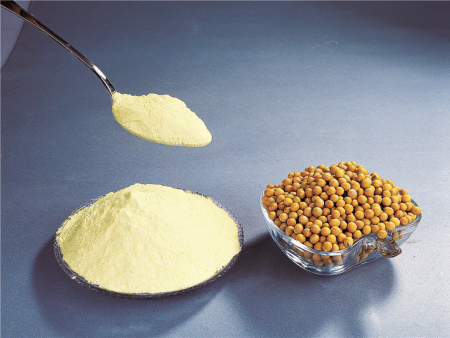Surfactant Phosphatidylserine,Bioactive
Time:2024-09-06
Phosphatidylserine exhibits properties of a surfactant. Surfactants are compounds that can reduce the surface tension of liquids, commonly used to form emulsions between water and oil, stabilize foams, and more. As a type of phospholipid, phosphatidylserine’s unique molecular structure gives it these surfactant properties.
The Molecular Structure and Surfactant Properties of Phosphatidylserine
·Molecular Structure: Phosphatidylserine consists of a glycerol backbone, two fatty acid chains, and a phosphate group, which is esterified with the hydroxyl group of serine. This structure gives it amphiphilic properties, meaning one end is hydrophilic (the phosphate group and serine portion), while the other end is hydrophobic (the fatty acid chains).
·Surfactant Properties: Due to its amphiphilic nature, phosphatidylserine can form a thin film at the water-oil interface, thereby reducing surface tension and facilitating the formation and stabilization of emulsions. This property allows it to be used across various industries.
Applications
·Pharmaceutical Industry: Phosphatidylserine is commonly used in the pharmaceutical industry to prepare nanoparticles and nanoemulsions, which are important in drug delivery and drug carrier systems. By leveraging its surfactant properties, it can improve the solubility, stability, and bioavailability of drugs within the body.
·Food Industry: In the food industry, phosphatidylserine as a surfactant is used in food processing, particularly in the preparation of emulsions, candy coatings, and other food products. It helps stabilize oil-water emulsion systems in foods, enhancing texture and mouthfeel.
·Cosmetics and Personal Care Products: Phosphatidylserine is also used in cosmetics and personal care products, where it improves product texture, stabilizes emulsions, enhances smoothness, and increases product penetration.
·Industrial Applications: In the industrial field, phosphatidylserine as a surfactant is used in various applications, such as in oilfield chemicals to improve the oil-water separation process.
Phosphatidylserine’s unique molecular structure and surfactant properties enable its wide application in pharmaceuticals, food, cosmetics, and industrial fields. These applications not only utilize its surfactant capabilities but also take advantage of its biological activity in regulating cell membrane function and enhancing cognitive health.


 CN
CN





